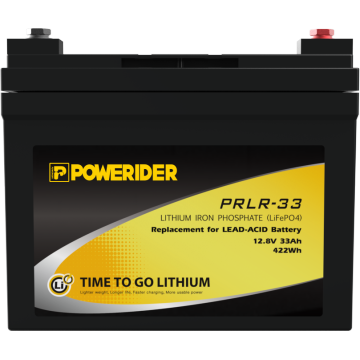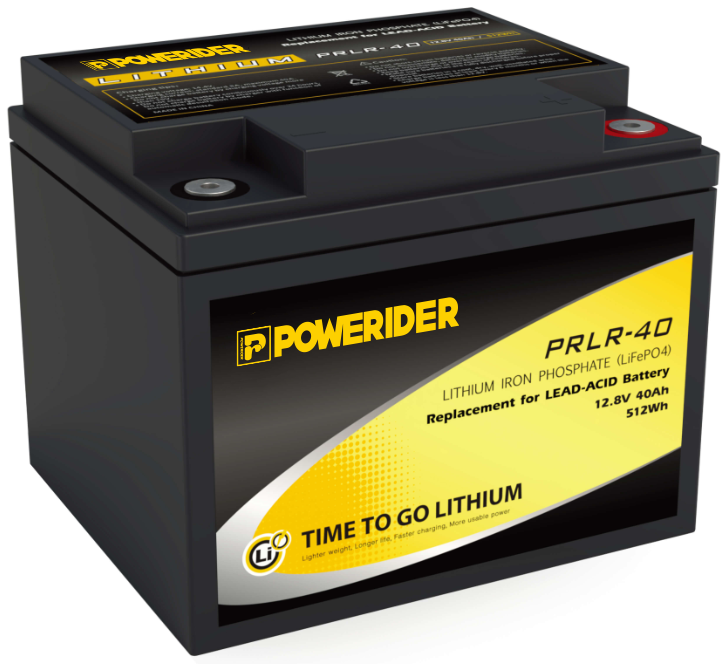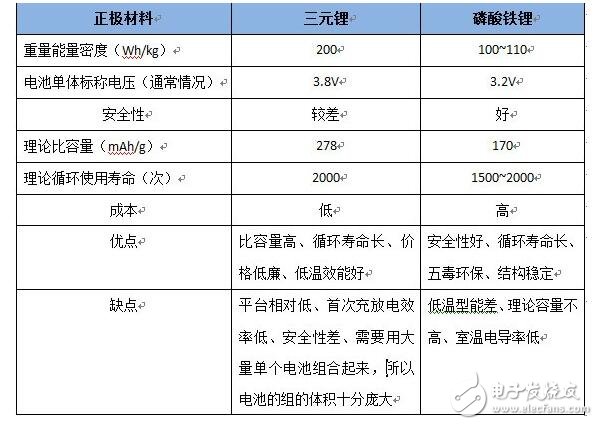
Privacy statement: Your privacy is very important to Us. Our company promises not to disclose your personal information to any external company with out your explicit permission.
![]() March 26, 2024
March 26, 2024

How to describe the current weather in one sentence? Probably it is "even if the male/female ticket ran, but lazy to get the door to chase." In order not to become a "grill", it should be cool and where to go. The battery is afraid of water and is afraid of heat. This is known to all. The power battery is the heart of an electric car. It must withstand high temperatures, prevent water, and withstand freezing. Once the electric car has gone wrong, the first thing that comes to mind is that the "heart" has gone wrong. Under such high temperature, can the power battery calm down the "heart"?

At present, most electric vehicles in China use Lithium Batteries as the main raw materials for power batteries. Including ternary lithium, lithium iron phosphate, lithium manganate and lithium cobalt oxide. The most commonly used are ternary lithium and lithium iron phosphate. The ternary Lithium Battery has higher energy density, smaller size and lighter weight, but safety is often suspected. Lithium Iron Phosphate Batteries are considered to be safer despite their low energy density.
As can be seen from the table below, there are advantages and disadvantages in the two types of battery materials, and it is therefore the case that different battery materials are used depending on the specific model and demand. It is understood that the ternary lithium battery in the passenger car field has become the protagonist, and the Lithium Iron Phosphate Battery in the passenger car field is more commonly used.

However, the power battery has a large operating current and generates a large amount of heat. At the same time, the battery pack is in a relatively closed environment, which causes the temperature of the battery to rise. This is because of the electrolyte in the lithium battery, the electrolyte acts as a charge conduction inside the lithium battery, and the battery without the electrolyte is a battery that cannot be charged and discharged. At present, most of the lithium batteries are composed of flammable and volatile non-aqueous solutions. This composition system has higher specific energy and voltage output than the battery composed of aqueous electrolytes, which meets the higher energy requirements of users. Because the non-aqueous electrolyte itself is flammable, volatile, and infiltrated inside the battery, it also forms the burning source of the battery. Therefore, the operating temperature of the above two kinds of battery materials should not be higher than 60 ° C, but now the outdoor temperature is close to 40 ° C, and the battery itself produces a large amount of heat, which will cause the operating temperature of the battery to rise, and if there is thermal runaway, the situation will be very Dangerous. In order to avoid becoming a "grill", it is especially important to dissipate heat from the battery.
There are two kinds of heat dissipation for the battery pack: active and passive. There is a big difference in efficiency between the two. The cost required for passive systems is relatively low and the measures taken are relatively simple. The active system structure is relatively complex and requires more additional power, but its thermal management is more efficient.

Schematic diagram of air-cooled and liquid-cooled active and passive systems
Different heat transfer media have different heat dissipation effects, and both air and liquid cooling have advantages and disadvantages.
The main advantages of using gas (air) as a heat transfer medium are: simple structure, light weight, effective ventilation when harmful gas is generated, and low cost; the disadvantage is that the heat transfer coefficient is low with the battery wall surface, and the cooling rate is slow. ,low efficiency. Currently there are many applications.
The main advantages of using liquid as the heat transfer medium are: high heat transfer coefficient with battery wall surface and fast cooling speed; the disadvantages are: high sealing requirement, relatively large quality, complicated maintenance and maintenance, need water jacket, change Components such as heaters are relatively complicated in structure.
In the actual electric bus application, due to the large capacity and large volume of the battery pack, the power density is relatively low, so the air cooling scheme is often adopted. For a battery pack of a conventional passenger car, the power density is much higher. Correspondingly, it will have higher requirements for heat dissipation, so the water cooling scheme is more common.
Different battery pack structure sensors are based on temperature measurement points and requirements. The temperature sensor is placed at the most representative location with the largest temperature change, such as the inlet and outlet of the air and the middle of the battery pack. Especially in the areas with the highest temperature and lowest temperature, and the heat accumulation in the center of the battery pack. This helps to control the temperature of the battery in a relatively safe environment, avoiding the danger of overheating and undercooling.
In addition, it is the function of the battery separator, which mainly separates the positive and negative plates of the battery in a small space to prevent short circuit caused by contact between the two poles, but can ensure that ions in the electrolyte pass freely between the positive and negative electrodes. Therefore, the diaphragm becomes the core material for ensuring the safe and stable operation of the lithium ion battery.
The electrolyte is used to isolate the source of combustion. The diaphragm is to increase the heat-resistant temperature, while the sufficient heat dissipation is to lower the battery temperature and avoid excessive heat build-up. If the battery temperature rises sharply to 300 ° C, even if the separator does not melt and shrink, the electrolyte itself, the electrolyte and the positive and negative electrodes will have a strong chemical reaction, releasing the gas, forming an internal high pressure and exploding, so the appropriate heat dissipation method is adopted. It is important.
However, compared with electric buses and electric logistics vehicles, it is necessary to work under high-temperature barbecues. Personal electric vehicle users are still lucky. Faced with such high temperatures, whether it is electric cars or traditional cars, for safety reasons, users should try to reduce outdoor work, do not let the car burn for a long time, and avoid overcharging and over-discharging for electric cars. Try to use slow Charging method.
The above is the How to cool the electric battery power battery in this way! we have listed for you. You can submit the following form to obtain more industry information we provide for you.
You can visit our website or contact us, and we will provide the latest consultation and solutions
Send Inquiry
Most Popular
lastest New
Send Inquiry

Privacy statement: Your privacy is very important to Us. Our company promises not to disclose your personal information to any external company with out your explicit permission.

Fill in more information so that we can get in touch with you faster
Privacy statement: Your privacy is very important to Us. Our company promises not to disclose your personal information to any external company with out your explicit permission.